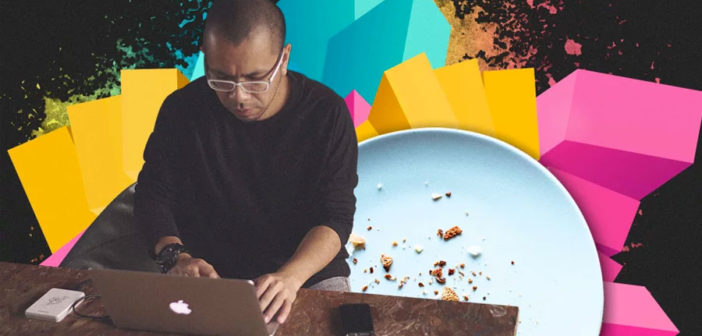Inclusiveness. Value. And super-powered AI.
Everyone thought 2016 was bad. That was before 2017. Over the past year, we learned Russia used social media ads to meddle in our election. Our data was stolen from Equifax, Yahoo, and Uber. It felt like virtually every man in a position of power was revealed to be a total dirtbag. The list goes on.
In the design industry, there is some good news. Many designers are taking their own roles in the events of 2017 to heart–and many of them have big plans to make 2018 a better year. We talked to everyone from systems thinkers and industrial designers to AI specialists, political activists, and chocolatiers, and asked each of them to name the trends and forces they think will shape the coming year.
Not only did they offer us a slew of industry shifts to watch out for; all of them shared that they feel an urge to make 2018 a better year than the last. In their plans, you’ll hear the optimism and self-reflection that only a year like 2017 could inspire. Here are their comments.
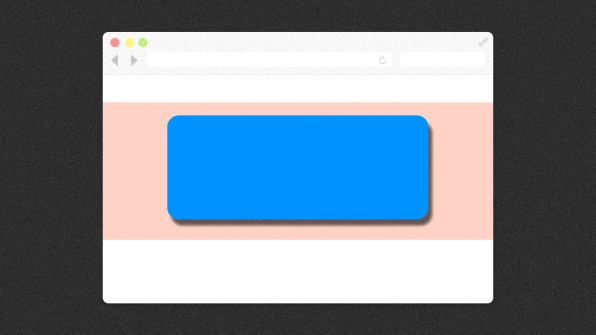
A REVOLUTION IN USER-FRIENDLY POLITICS IS COMING
“I see political-oriented design being far more user-centered. Usually, the user-centered approach to design is seen primarily with product design, but I can see grassroots political organizing adopting a lot more of the principals. Already we have various organizations using websites as a resource to have their base participate in local actions. I anticipate these resources going a step further, where we begin to see the development of tools dedicated to informing people of local actions, local elections, offices to run for in their communities, etc. But we can also see the development of programs and activities to reach those who aren’t privileged to have and use technology.
“Regardless of the end product, I believe the goals will ultimately lead to face-to-face interactions. But having those design decisions guided by users should be the focal point of political-oriented design in 2018.”—Samuel Adaramola, lead designer, Our Revolution
INCLUSIVITY WILL GO MAINSTREAM
“The future of designing to advance the human experience will require a more comprehensive look at, well, the human experience. Not every one of us have the same abilities or the same needs, but everything from the way our cities are planned to the design of most of our products and services assumes that we do. Going forward, it won’t be enough to design for some people, or even for most. The real challenge will be to design for all.
“More industries are heading in this direction. Microsoft CEO Satya Nadella made a touching commitment on the company’s behalf to design their products to be more accessible to all people, a matter close to his heart having fathered a son born with cerebral palsy. Apple and Facebook have proven they are committed to accessibility, too. Retailers like Target and Tommy Hilfiger are expanding on their own previous commitments to accessible design, making clothing and goods that suit people of different abilities.
“At first, perhaps the biggest challenge for organizations looking to honor inclusivity will be knowing where to start. With a clear focus on empathetic, human-centered design, more businesses will be able to share their best offerings with more customers from even more walks of life.”—Justine Lee, Frog

A WHOLE NEW FIELD WILL BE BORN: ARTIFICIAL INTELLIGENCE DESIGN
“Humans are on a cusp of the single largest revolution in technology, or call it the next industrial revolution. Design as a practice is going to evolve rapidly, as fast as the neural networks and AI are. Artificial Intelligence Design will be the new role in the AI industry, just like the movie director has a role in making the movie. Artificial Intelligence Designers will lead multidisciplinary teams in the creation and design of the era of artificial intelligence.
“We are advancing extremely rapidly in perfecting deep learning algorithms. Today, we know that a deep neural network learned how to play chess at a human level in only four hours–and that it will never be beaten by a human. We are perfecting a number of things that AI can do for us, and at the same time, we are compiling a pile of extremely narrowly focused functions, all of them disjointed as a whole. It is like we are building an artificial person but we are starting from all parts of the brain at once.
“Currently, technology is leading the way in the advancement of AI. But just like design made technology human, design will play a critical role in the advancement and adoption of AI.
“The next massive role of industrial design and design in general is going to be the creation of an entirely new design practice: AID, Artificial Intelligence Design. When you look into history, it is the industrial designers that led the way into making the world a better place for humans. Industrial design is the most complex art of design because it combines human, technologies, tangible objects, and multilayered functions. It is industrial design that gave birth to the laptop and UI and UX–think of Bill Moggridge and the Matrix computer as the very first portable computer. An industrial designer who gave birth to the Apple Macintosh–Hartmut Esslinger–also gave birth to the UI and UX that the world had never before seen.
“Artificial Intelligence Design stands to become the most exciting design practice in the history of humankind. This practice does not exist yet, nor there is a school for it. But luckily industrial designers, being nonlinear thinkers and being able to cross platforms in true depth from sociology, ethnology, material science, ecology, biology, physics, mechanical engineering, electronic engineering, software development, and so on–they are our best bet, and are the best-equipped people on the planet to tackle this complex task of making AI that is safe and good for humans.”—Branko Lukic, founder, Nonobject
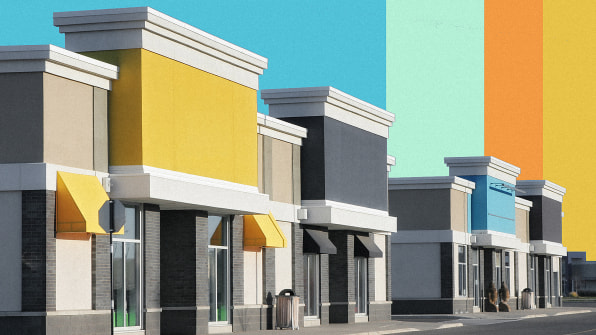
DIGITAL IS DISAPPEARING
“Digital is no longer the centerpiece of brand experience.
“For the past five years, how we design services has been dictated and limited by the touch points that were available to us–the PC, mobile, and analog touch points. Much emphasis was placed on creating experiences delivered through digital screens and as a result, people spent more time interacting via device than in person.
“This is about to change. A major shift is underway in technology, fueled by lower costs, users’ growing angst about their “screen addiction,” and the disaggregation of core technology components, such as cameras, microphones, speakers, and screens, which are increasingly being embedded in an array of different environments–especially in the home. From Amazon to Alibaba, a growing number of primarily digital brands are now placing greater emphasis on physical presence while making the most of digital and data to improve experience.
“Soon we will no longer be able to delineate between digital and physical design–they will be one and the same. Carnival Corporation, for example, has developed the Medallion–a wearable smart coin that connects customers to a cruise ship through a digitally enabled service called the Compass. Each guest receives a unique and seamless experience with their personal preferences constantly captured to optimize service as it is delivered.
“This will have huge implications for brands and organizations. Re-skilling will be critical, and organizations must ensure their workforce is willing and able to learn, relearn, and relearn again. They must also ask themselves: What future structure, brief, and role should there be for digital departments or heads of digital as digital becomes ubiquitous and increasingly invisible?”—Olof Schybergson, CEO, Fjord
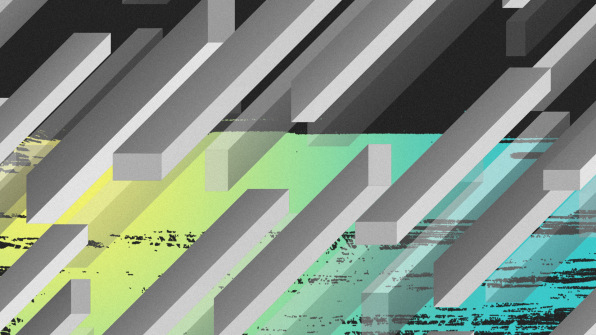
WHAT “VALUE” MEANS TO BRANDS (AND CONSUMERS) WILL CHANGE
“I think there will be a further evolution of the definition of the word ‘value’ in 2018.
“Take the froth around the monetary value of bitcoin vs. its perceived value. It’s going to perpetuate CO2 emissions and kill the planet (faster than we already are)–it’s a great example of how the multidimensional understanding of and use of value is evolving. You have the raw power of monetary value butting heads with the value of a conscience. Who wins that fight historically is clear. Similarly, the very idea of truth has been put into question in the larger national conversation, by our very president, and that has profound consequences. Brands are actively getting involved in that dialogue around genuineness. (Patagonia’s recent extreme statement in response to Utah parks is great example.)
“We are in the midst of abiding change. We don’t yet have the tools or systems in place to help us navigate. And the values we collectively upheld, which fueled the industrial revolution and governed the last generation, need to adapt. As designers we have to remain optimistic. As individuals, we need to become more skilled at navigating the value-exchange, from CRISPR to machine learning, from artificial intelligence to emotional technology. Every company today is cultivating a path that leads simultaneously in two directions–powerful tools that enhance what it means to be human, and powerful tools that threaten the core of humanity. We have to stick up for ourselves and opt-in with intention.”—Charles Fulford and Dawn Moses, Elephant
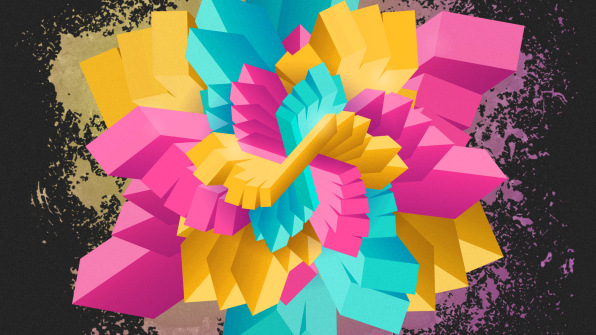
WE’LL FINALLY MOVE BEYOND FLAT DESIGN
“Designers are now negotiating how to differentiate through form in a visual world that has become predominantly flat, whether in illustration or in interface. After skeuomorphism was eclipsed by the flat design zeitgeist, we are seeing a re-infusion of subtle dimensional elements to create ownable design language systems.
“Flat design–spurred by Microsoft’s novel Metro design language (and evolved through Fluent)–mimicked many designers’ enthusiasm for stripping out visual elements that were becoming cumbersome, both in terms of file size and the feeling of being enslaved to design within a framework of physical analogies. A trashcan and floppy disk have evolved to become universal glyphs for Trash and Save, no longer needing the texture of dimension. This mirrored a larger tilt in the balance back to the International Style that embodied a return to typographic-led composition and elegant solutions sans ornamentation.
“But if everything is flat, then nothing is differentiated. Now we are seeing some interesting trajectories in the world of post-Flat Design. Google’s Material Design language provided an interesting take on adding subtle physicality back to Flat form, humanizing the visual elements, and paying special attention to how the elements moved. Contemporary micro-UX is building off of animation and gestural shorthand established through broadcast design in previous eras.
“In this post-Flat world, designers are encountering a world that is increasingly synesthetic as people want to speak to, touch, and see their interfaces. Through a multi-sensorial lens, even GUIs (graphical user interface) are seen as vestiges of an age-old, visual-led consideration. If Alexa is any indication, VUIs are making some visual considerations feel outdated.
“Early developments in augmented reality (AR) show that skeuomorphic forms are returning to bridge the gap between the known and the unfamiliar. We could imagine a day when augmented forms become as minimal as screen-based UI. Apple’s AR Kit promises to push the formal boundaries of the medium with an iPhone in so many people’s hands. Facebook has skillfully migrated the camera from hardware to software. This will be seen in years to come as monumental.
“Similar to Vine’s six-second video constraint, we are left to wonder whether Flat design is a tactical path or an ideological one. I am excited by what is to come.”—Forest Young, head of design, Wolff Olins San Francisco

WE’LL EAT OUR FEELINGS
“I think in general that things are going toward edibles. Everything–beyond just marijuana–is an edible for a purpose, whether it’s for migraines, energy, sleep, creativity, or brain activity.
“I think it’s the whole idea of easy logic–around wholesome food with a desire for clear, clean transparence (plant-based is huge; people want plant based protein, and drinks). I think it just feels natural, wholesome, and ancient. As people go more into, “well, people have been meditating for thousands of years!,” they’re looking for ancient solutions to health problems and life balance. I see more and more of that as a reference point. They never knew the science behind Golden Milk, they just knew it worked. Now people are just so much more open to these ideas.
“I know the pharmaceutical business wants to get into edibles, but I think there’s something different about eating it than taking a pill–in the urban vibe at least. The age of spiritual meditation, and food as medicine, is something we’re going to do a lot with.”—Katrina Markoff, founder, Vosges Chocolate

AI WILL TURN THE WORLD INTO ONE BIG UBER MAP
“Data is going to be much more accessible. Through the Apple Watch that we wear, or the cell phone that we carry, we’re going to be able to see if there’s a big line at Trader Joe’s. We’re going to be able to visualize a lot of information about the spaces where we are not.
“Think about this: Humans have vision of a limited range. We see only so far. We don’t see behind that building. I think we’re very soon going have the ability to access remote physical spaces much more than we can now. The best example is tracking Ubers. (Editor’s note: even if they’re sometimes faked.) How beautiful is that app that we can see where the car is? It’s fantastic. You’re standing at the corner of two streets and you know the car is approaching from the left because the app is showing what you’re NOT seeing. Think about that for a completely other set of applications.
“This is very much AI. Because you have to create the knowledge, representation, this multimodal way of putting sensors somewhere, extracting scene understanding, and projecting it into your device. And this is going to extend into the ability that we have to access our own data. Our own health data. Our credit card expenses. Our data on how much we spend. Five years ago that data didn’t really exist. We’re getting to that inflection point where the data has been there, accumulated on our Fitbits and credit cards. Think about how you design all these applications so they’re actually interpretable, that these things can be explainable so you can understand what it means. It’s a whole challenge for making all these enormous amounts of information processed by AI systems accessible and interpretable by humans. We’re talking about, my god, these things should talk back to people, and not just in graphs.”—Manuela Veloso, head of CMU SCS’s Machine Learning Department
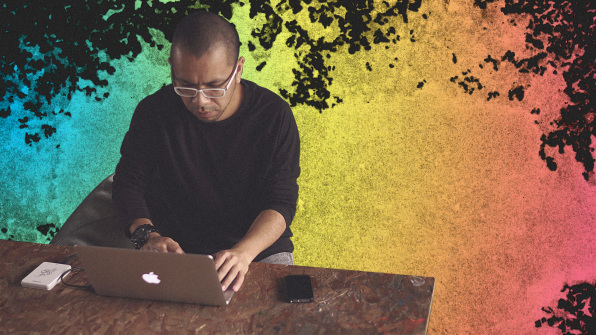
DESIGNERS WILL WAKE UP AND FIGHT BACK
“Designers will begin to awaken to the social and political implications of their work. This will involve a lot of self-reflection and hopefully no shortage of concrete action. Design work has for too long been assumed to only bear fruit as positive improvements to the world. But today we’re encountering the negative side effects of many of our most beloved innovations–social networks that propagate lies and empower hate, devices that disconnect us from the real world, AI that encodes social and economic stereotypes, and technologies that magnify economic advantages. 2017 seemed to signal early indications that we are waking up to the negative side effects of the last 20 years of rabid innovation. 2018 will pose the most difficult question: are we part of the problem, or are we willing to risk our hard-won, new positions to be part of a solution?
“I think in 2018 we fight back, like how we will begin to use AI to crackdown on fake news and cyberbullying. For example, as a leading content publisher, Thomson Reuters also uses machine learning and AI to detect and identify fake news. The Reuters News Tracer leverages an algorithm that looks at more than 700 factors to determine whether a trending topic on social media is factual or not. Hopefully, it’s just the beginning.”—Mark Rolston, founder, Argodesign
–
This article first appeared in www.fastcodesign.com
Seeking to build and grow your brand using the force of consumer insight, strategic foresight, creative disruption and technology prowess? Talk to us at +9714 3867728 or mail: info@groupisd.com or visit www.groupisd.com

